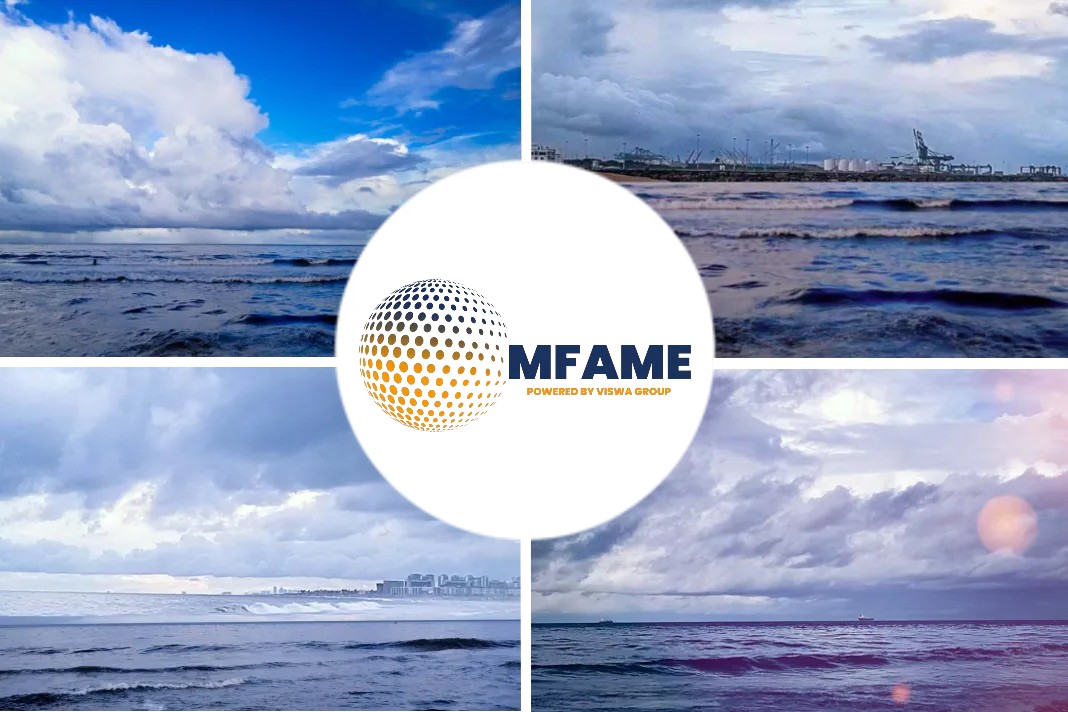The IMO’s 0.5% sulphur cap, to be imposed in January 2020, could be a “blessing in disguise” for shipping lines, should the regulatory fallout finally end the industry’s elusive search for supply and demand balance says, Sam Whelan in his article for The Loadstar.
Supply and Demand Imbalance
However, any benefits will not materialize without short-term pain, according to analysts speaking today at the Asia Logistics & Maritime Conference in Hong Kong.
“IMO 2020 could be very helpful in terms of supply,” said McKinsey & Co partner Steve Saxon. “If it leads to 12- to 15-year-old ships going to the scrappers instead of getting scrubbers installed – it could be the savior for the industry’s supply and demand imbalance.”
Would Shipyards undo the sketch?
He cautioned, however, that state intervention on behalf of shipyards could scupper that scenario.
“The bogeyman in the room is the shipyards. There is still spare shipyard capacity across China and Korea. Governments have bailed out shipping lines which employ a few thousand people, so there’s no way they’re going to allow shipyards which employ tens of thousands to sit idle or go bankrupt.”
How IMO 2020 a blessing in disguise?
Parash Jain, HSBC’s head of transport research Asia Pacific, also argued that increasing fuel costs could eliminate excess capacity.
“The current containership orderbook is at 12% of capacity, which captures three years of demand. If fuel costs aren’t passed through [to customers], there’s increased slow-steaming, scrapping and idling and weaker players go out of business. Then this will help the market find balance quite rapidly.”
“IMO 2020 could be a blessing in disguise, setting up the industry for a few good years, post-2020,” he added.
Pass on cost or be dead!
The near term looks quite different, however. Mr Jain warned increased fuel costs would create disruption and be negative for carriers, especially on the deepsea trades.
“For example, on Asia-Europe trades the fuel cost would increase US$70-150 per teu, equal to 10-12% of the revenue generated per box on this trade. Needless to say, this is significant in an industry that makes 3-4% operating margin, and it will have serious implications if carriers fail to pass on the cost.”
Furthermore, there is a two-tier system emerging between carriers investing in fitting scrubbers and those opting to burn the more expensive low-sulphur fuel. This will make passing on the extra costs more difficult, according to Mr Jain, because one group could undercut the other.
“If 500 large containerships had scrubbers, that could take out one-third of the deadweight tonne capacity. And if those large vessels are to be deployed on Asia-Europe or transpacific, then perhaps the impact will be more pronounced where you have a reasonable slice of capacity, which will be able to offer a price at the dirty fuel cost, and another section of shipping lines which will try to pass through the cost as they burn compliant fuel,” he claimed.
For Nissim Yochai, vice president transpacific trade at Zim, passing on the added cost of fuel is a pivotal moment for the industry. “If we don’t pass on the costs, we could all be dead – so it’s very simple: we have no choice and if customers want to carry on having good service they need to absorb this cost.”
Did you subscribe for our daily newsletter?
It’s Free! Click here to Subscribe!
Source: The LoadStar























